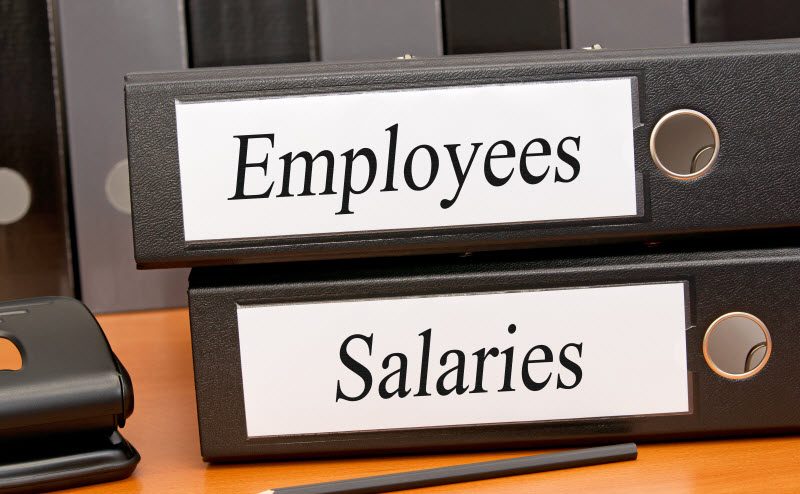What is Single Touch Payroll Phase 2?

Single Touch Payroll (STP) is the way you report your employees’ tax and super information to the Australian Taxation Office (ATO).
STP is part of the Australian Government’s commitment to streamlining employer reporting obligations and was legislated on 16 September 2016 as part of the Budget Savings (Omnibus) Act 2016.
Since these changes have come into effect, most employers are now reporting through STP – unless they have some kind of exemption or transition deferral.
STP Phase 2 became mandatory as of January 1, 2022.
It is designed to:
- Reduce the burden of reporting for employers who need to report information about their employees to more than one government agency
- Support the social security system, administratively.
How Single Touch Payroll Phase 2 works
When the Australian Government first introduced the STP, it explained that it is a method to send tax and super information from your STP-enabled payroll or accounting solution to the ATO – and this underlying explanation does not change with STP Phase 2.

In STP Phase 2, the STP solution will send the ATO a report with the necessary information required by the department, namely:
- The amount of remuneration your business pays
- The type of income you pay your employees
- The types of incomes these are, falling into the brackets of gross pay, paid leave, allowances or overtime.
The system will also report to the ATO on:
- Any details of Pay As You Go (PAYG) withholding and the amounts you have withheld from the payments you have made
- Information about how you came about calculating these amounts. This requires a copy of your employee’s TFN declaration here.
STP Phase 2 also reports on an employer’s superannuation liabilities.

How to report employment and taxation information through STP Phase 2
There are different factors that will determine how much an employer needs to withhold from an employee’s salary.
Specifications for these will usually be provided in the TFN declaration or other employment information the employee provided at the beginning of their tenure.
The ATO requires that an employer provide the information about an employee’s commencement or cessation date and other information that filters through from government agencies too.
Each STP report will now also include this information.

STP and the TFN declaration
You will still need to obtain a completed TFN declaration from your employees, as STP Phase 2 doesn’t change the way your employees give you information about their tax circumstances.
However, when you start reporting through STP Phase 2, the employment and taxation information in your STP report will replace sending TFN declarations to the ATO.
You can continue to send TFN declarations to the ATO if it supports your other business processes, such as establishing an employment relationship before requesting stapled super fund details.
Previously, TFN declaration information sent to the ATO was never updated, but with STP Phase 2, the employment and taxation information you report through STP is updated when an employee’s circumstances change.
Sometimes, the information may change even though the employee has not given you a new TFN declaration form.
You don’t need new TFN declarations from your existing employees to start reporting using STP Phase 2.
EXAMPLE
Dennis started working for Margaret on 21 August 2012 on a full-time basis.
When Dennis started, he provided a TFN declaration form, citing he would claim the tax-free threshold and had no HECS loan.
When reporting through STP Phase 2, the employment and taxation information Margaret reported was:
- commencement date of 21 August 2012
- employment basis of F (full time)
- tax treatment of RTXXXX.
In May, Dennis commenced university study and agreed with Margaret that from the next pay period, his work status would change from full-time to part-time.
Dennis also gave Margaret a withholding declaration form, telling Margaret that he is taking on a HECS loan.
Margaret updated her payroll with the information about Dennis’s change in circumstances so she can continue to correctly withhold from his pay.
The employment and taxation information in Margaret’s STP reporting changes to:
- commencement date of 21 August 2012
- employment basis of P (part-time)
- tax treatment of RTSXXX.

Transitioning from STP Phase 1 to STP Phase 2 reporting
You can transition to STP Phase 2 as soon as your STP solution is upgraded.
The way you transition from STP Phase 1 to STP Phase 2 reporting will depend on your circumstances and the solution you use.
If transitioning to STP Phase 2 reporting means you also need to change your payroll solution, see Changing your payroll solution or employees’ Payroll IDs during a financial year.

Get help with STP Phase 2
There is some great information available about transitioning to STP Phase 2 on the ATO website, but this will only take you so far.
Managing this process needs to become part of your regular workload to manage your employees and it makes sense that you want a business accountant specialist to guide you and to ensure you have everything set up correctly.
At North Advisory we recognise that each and every business has different accounting needs and there is no one-size-fits all accountancy model that can competently meet the needs of your business.
Our team members are specialists, trained to manage your specific business situation and finances and tailor our solutions to your specific situation.
We know exactly what you need to do each month to meet your regulatory requirements and ensure you work within the bounds of compliance.
We are on hand to discuss the needs of your business in an obligation-free manner, including how you can ensure your transition to STP Phase 2 is smooth and simple.
For more information, contact us today.
Driven by our values
Effortless and Seamless
On-Boarding Process
Intuitive and Knowledgeable
Direct Expert
Access
Useful and Articulate
Financial
Reporting
Forward
Thinking
Compliance Solutions
Streamlined
Tech
Integrated and Automated


